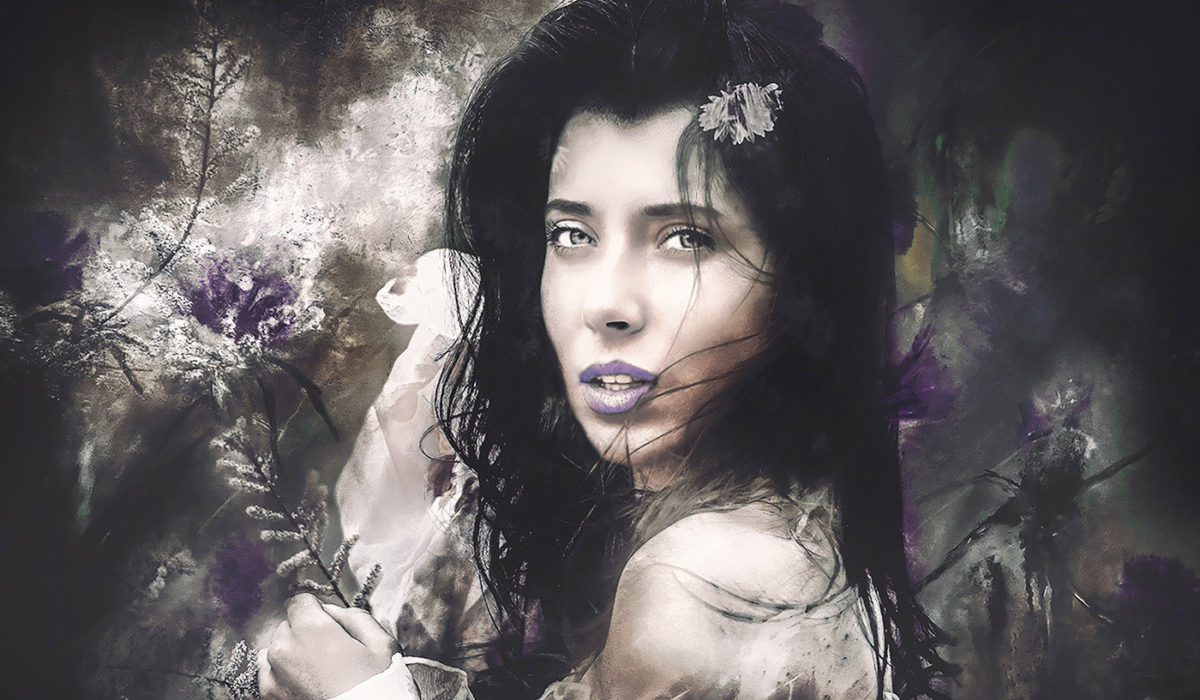— The featured artist of the 67th issue of Living the Photo Artistic Life magazine is Texas-based AWAKE artist James Ranka. It’s great to be able to share my interview with James here on Quill and Camera . . .
Q: Your artistry embraces a variety of themes and subject matter. Where do you find inspiration?
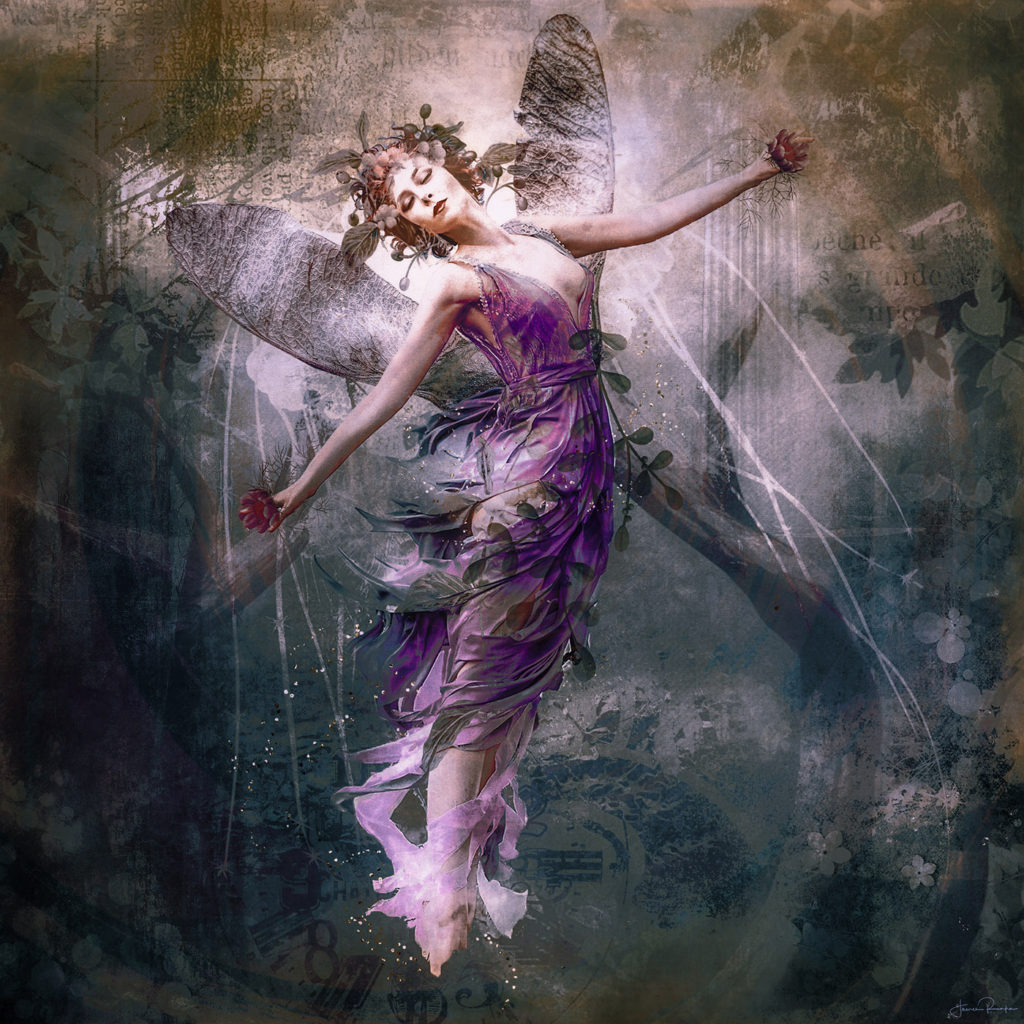
I’ve found that the intros to movies and TV series are excellent vehicles for finding inspiration. My Netflix subscription pays dividends in viewing pleasure, but it’s also a creamy catalyst for new art schemes and ideas.
Beyond that, it could simply be a song, a piece of displayed art, online posts in our groups — all these inspire me to explore various subjects in my art. Although while any of these might hatch the initial idea for an image, the end result never resembles its origin.
For many years, I made my living as a jazz / pop pianist. That framework of ad-lib performance spills over into my artistic creations. I never play songs note for note, and my art feels much the same.
Q: If you had to give some advice to aspiring digital artists, what would you offer?
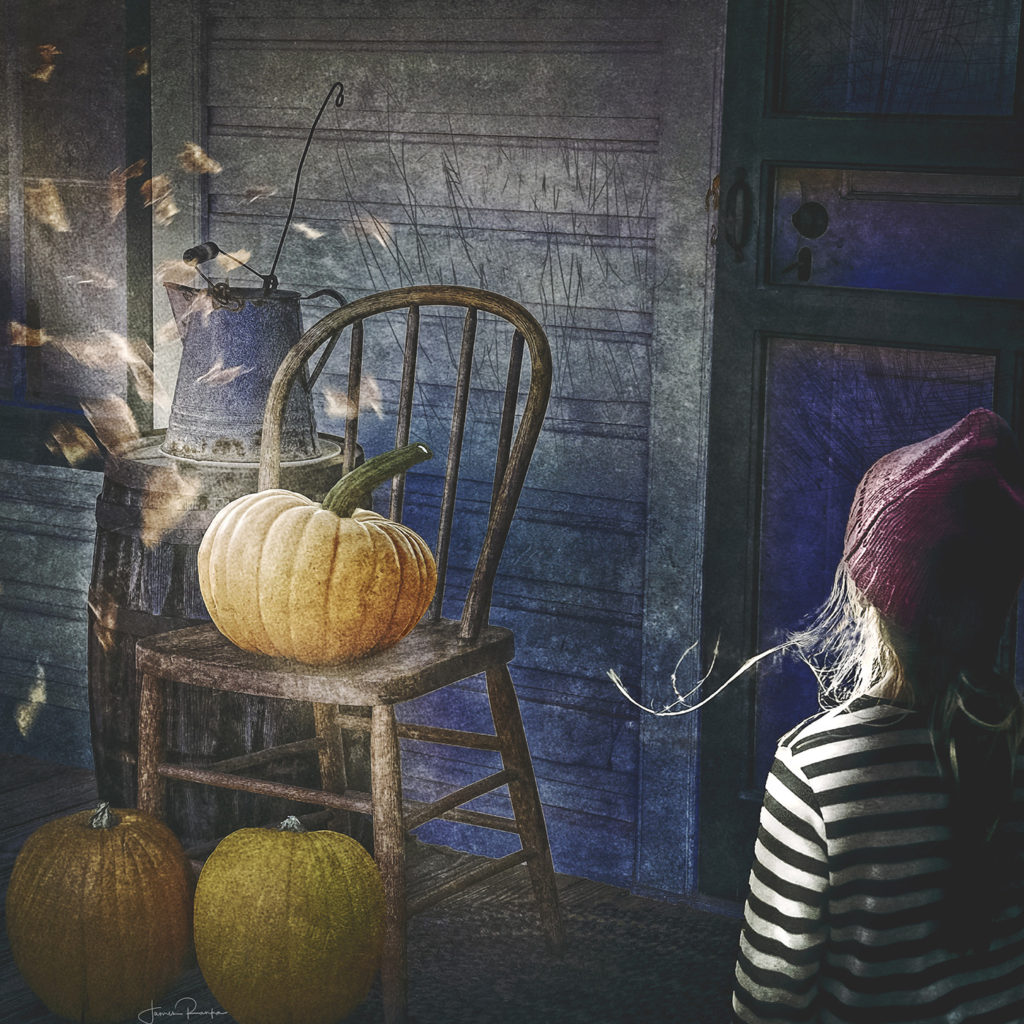
Be gentle with yourself! You have a style lurking within you, and you have the road map . . . the destination may be distant, but persistence ensures your arrival.
Six years ago, I never could have imagined being featured in a magazine like Living the Photo Artistic Life. If you don’t read any further, please read the following and commit it to memory: Eventually, on a day utterly unannounced, everything comes together.
So study, practice, work at it . . . and in due time, that euphoric day will arrive!
Q: What does living the photo artistic life mean for you?
It means that I can say with 100% certitude, “I am an artist!”
True enough, my canvas is a computer screen, and my brushes are made of ones and zeroes.
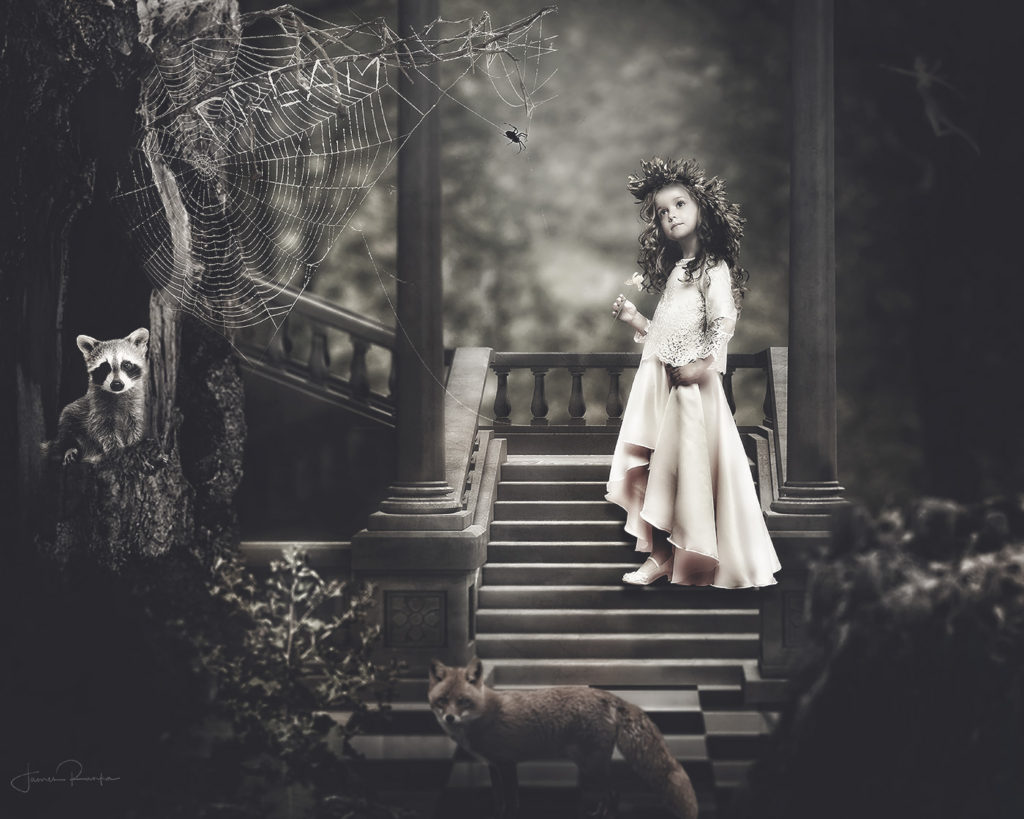
Yet for all that, I create meaningful stories told through photograph manipulations. And that IS art.
You might find some purist painters snubbing their noses at photo artists, but many (more than not) appreciate our medium.
Because photo artistry is powerful. It makes people both think and smile, act and react, and even (on occasion) change their viewpoint.
Q: We once talked about the curse of perfectionism in art. How do you overcome that?
Somewhere along my journey as an artist, I read that classically trained Oriental painters purposely place a flaw within their paintings before declaring it finished. Moral? Perfection is a myth.
For all that, do I want my artworks to be “mistake-free”? Sure, in a way, although the difference is not easily definable.
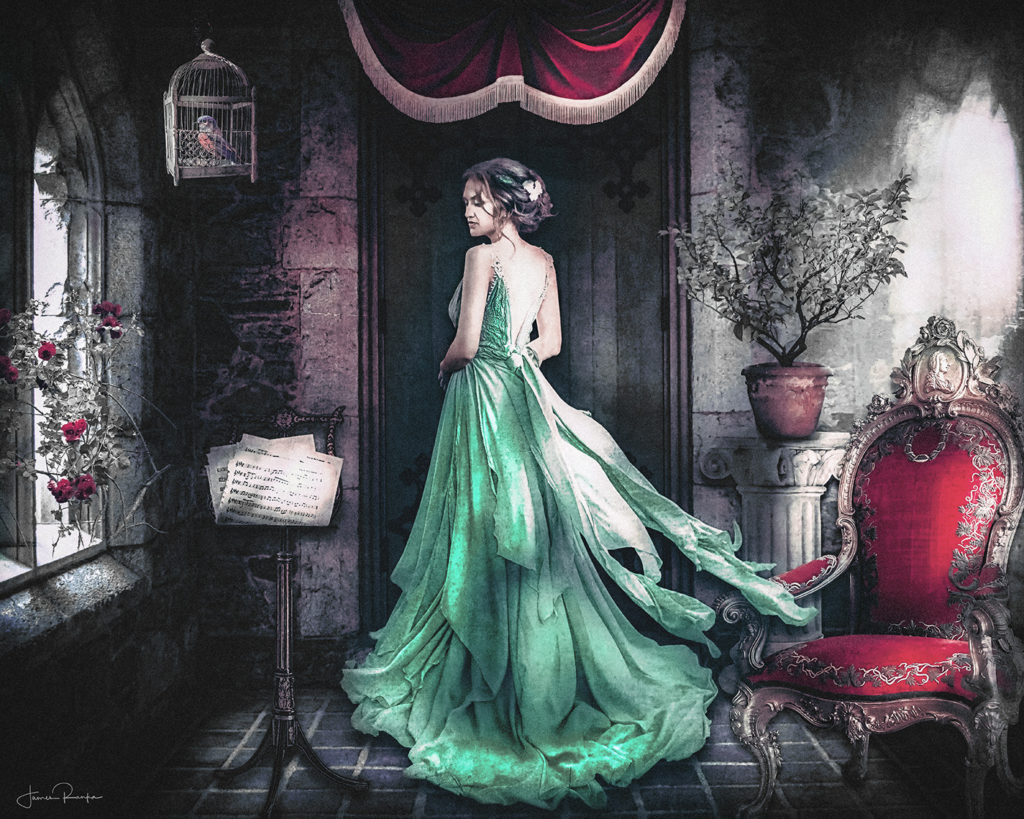
Over the years, I’ve learned to embrace Photoshop’s zoom feature in really going over my work, and at times I literally inspect a piece down to the level of individual pixels. But after the heavy editing is done, I step away and accept the piece as completed.
Of course, invariably, when I look at that same work a month later, Mr. Perfection reappears and begins his usual onslaught of putdowns, attacking my perceived artistic abilities as suspect. I deal with this imposter by telling him to hush, noticing and citing only the positive qualities in the work — and then I leave it there.
Q: Any concluding thoughts to share?
I believe in speaking your ultimate truth. Rather like a mantra. So speak to yourself often in phrases like, “I am a published, award-winning photo artist!” It’s OK that it’s not true just yet. Results come with repetition and, of course, with hard work and practice. I mentally spoke this mantra every day for years . . . and I kept learning, kept practicing . . . and eventually it all happened. And as they say, “The rest is history!”

